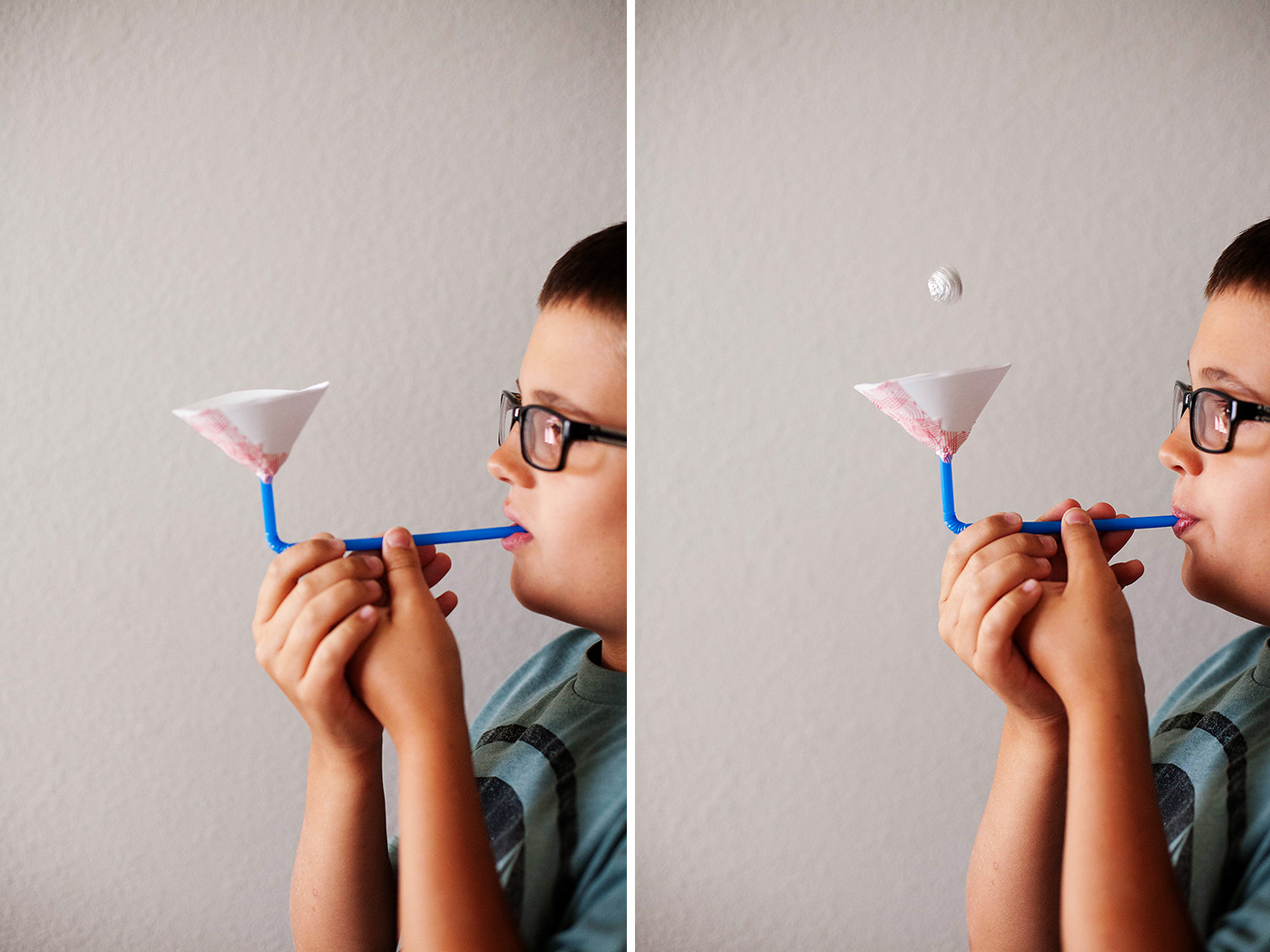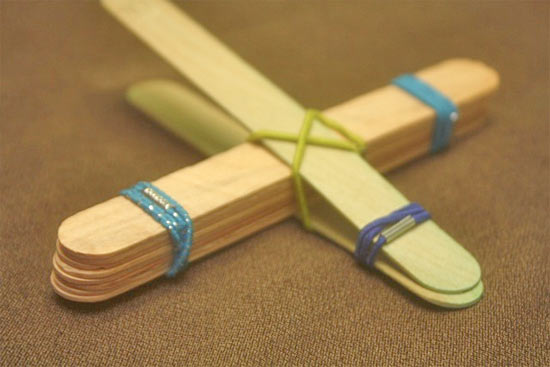What you'll need:
If all goes well then your balloon should inflate! Adding the lemon juice to the baking soda creates a chemical reaction. The baking soda is a base(Sodium Bicarbonate), while the lemon juice is an acid (citric acid), when the two combine they create carbon dioxide (CO2). The gas rises up and escapes through the soft drink bottle, it doesn't however escape the balloon, pushing it outwards and blowing it up. If you don't have any lemons then you can substitute the lemon juice for vinegar.
NaHCO3 + C6H8O7 ----> 3 CO2 + 3 H2O + Na3C6H5O
- Balloon
- About 40 ml of water (a cup is about 250 ml so you don't need much)
- Soft drink bottle
- Drinking straw
- Juice from a lemon
- 1 teaspoon of baking soda
- Before you begin, make sure that you stretch out the balloon to make it as easy as possible to inflate.
- Pour the 40 ml of water into the soft drink bottle.
- Add the teaspoon of baking soda and stir it around with the straw until it has dissolved.
- Pour the lemon juice in and quickly put the stretched balloon over the mouth of the bottle.
If all goes well then your balloon should inflate! Adding the lemon juice to the baking soda creates a chemical reaction. The baking soda is a base(Sodium Bicarbonate), while the lemon juice is an acid (citric acid), when the two combine they create carbon dioxide (CO2). The gas rises up and escapes through the soft drink bottle, it doesn't however escape the balloon, pushing it outwards and blowing it up. If you don't have any lemons then you can substitute the lemon juice for vinegar.
NaHCO3 + C6H8O7 ----> 3 CO2 + 3 H2O + Na3C6H5O



